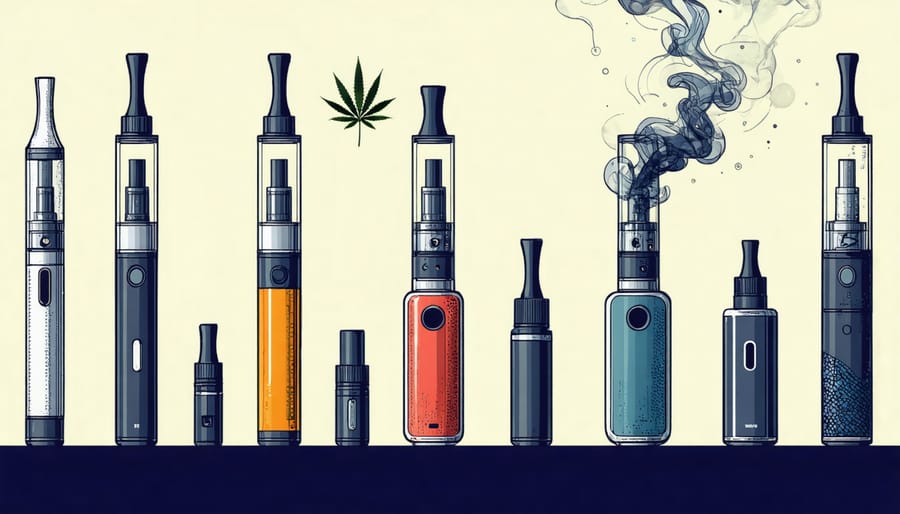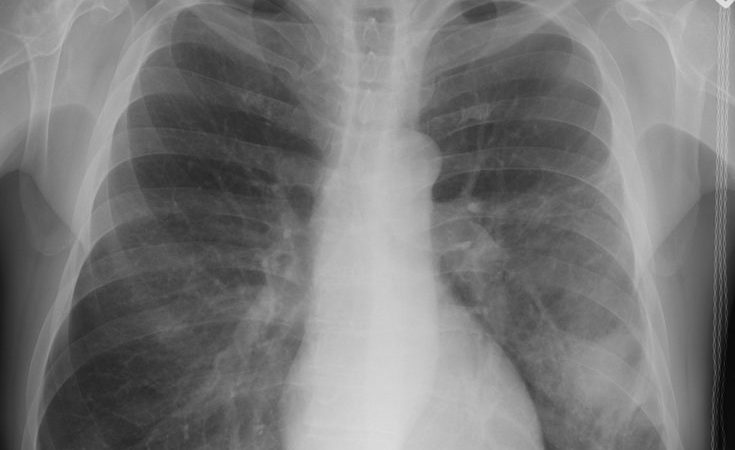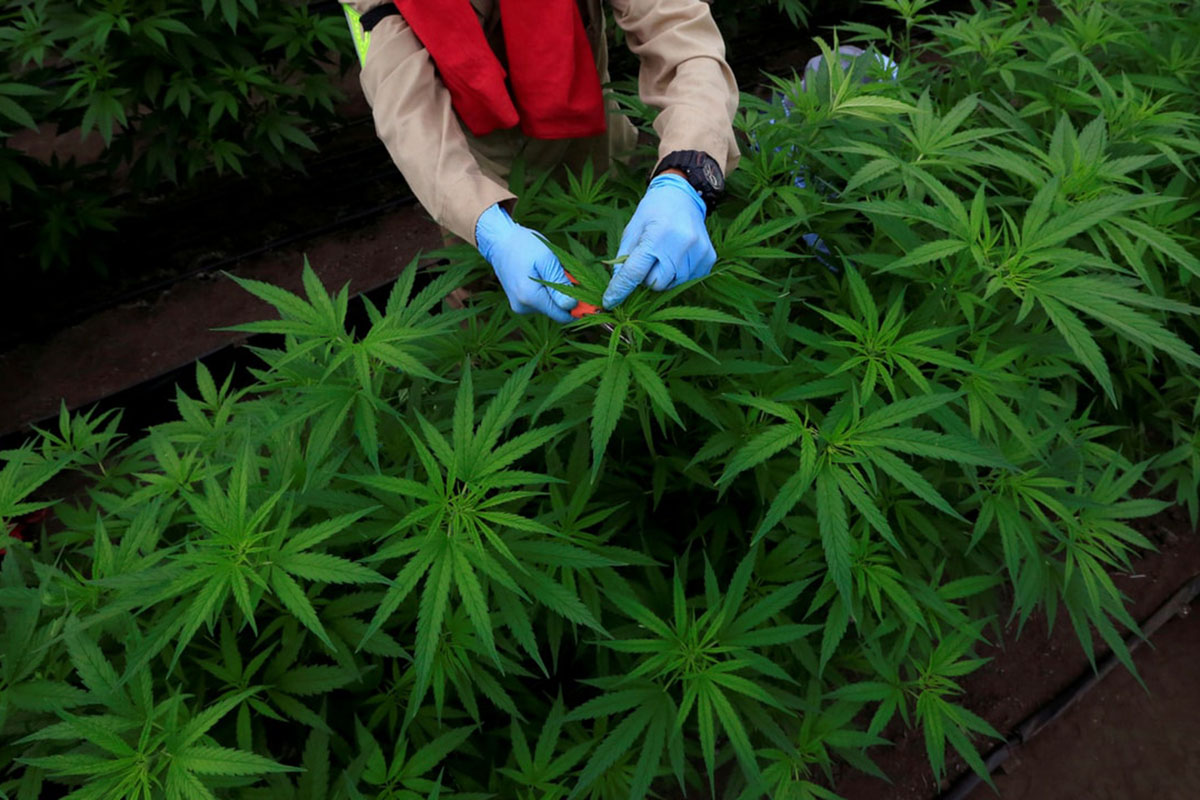Exploring Vaping and Cannabis: What You Need to Know in Canada

Enhance your understanding of cannabis vaping in Canada by firstly prioritizing product safety: consult reputable sources to ensure devices meet health regulations. Explore prime flavors that align with your preferences while ensuring they are sourced from licensed producers. Next, consider consultation with healthcare providers to tailor cannabis use for medical purposes effectively. Stay informed about legal stipulations surrounding vaping in public spaces to ensure compliance. Lastly, connect with key industry figures for insights on emerging trends, impacting both product development and user experience.
Vaping as a Delivery Method for Cannabis
Emergence and Popularity
Vaping cannabis has rapidly emerged as a popular method of consumption in Canada, driven by its perceived health benefits over smoking and discrete nature. As cannabis became legal for adult use in October 2018, many Canadians began exploring alternative methods like vaping, which offers a cleaner, more controlled dose with quicker onset times. Medical users particularly appreciate the ability to titrate dosage, allowing for precise management of symptoms such as chronic pain or anxiety.
The popularity of cannabis vaping in Canada is also bolstered by a growing industry offering a diverse range of vaporizer products, catering to both newcomers and experienced users. The appeal lies in the technology’s convenience and portability, encouraging usage among those seeking discretion and minimal odor. Additionally, advancements in vape technology and the introduction of quality standards ensure a safer experience, addressing concerns users may have about contaminant exposure.
As the Canadian cannabis landscape continues to evolve, vaping represents a significant shift in consumption preferences, offering flexibility and a modern approach that aligns with the needs of medical and recreational consumers alike.
Methods of Vaping Cannabis
In Canada, vaping offers a variety of options for those interested in the medical use of cannabis. Understanding the different methods of consuming cannabis can enhance patient choice and compliance. Two primary forms of vaping involve the use of dry herb vaporizers and cannabis oil vape pens. Dry herb vaporizers heat the flower to release cannabinoids without combustion, offering a more controlled dosing experience and preserving terpenes, crucial for therapeutic effects. Cannabis oil vape pens, on the other hand, use pre-filled cartridges. These devices are discreet and portable, making them a popular choice for patients seeking convenience. Moreover, advanced devices come equipped with temperature control settings, allowing users to personalize their experience further. Through these various options, patients in Canada can more easily tailor their delivery methods to their specific medical needs, ensuring a balanced contribution to their overall treatment plan.

Medical Perspectives on Vaping Cannabis

Health Benefits and Scientific Evidence
Vaping cannabis in Canada offers a range of potential health benefits, particularly in the realm of medicinal use. As an alternative to smoking, vaping can reduce exposure to harmful toxins inherent in combustion, providing a cleaner method of consuming medicinal cannabis. This is especially relevant for individuals managing chronic pain, nausea from chemotherapy, or symptoms of multiple sclerosis. Scientific studies underscore that vaping can deliver cannabinoids effectively, facilitating rapid symptom relief while allowing precise dose control, crucial for patients who require tailored treatment regimens.
The Canadian medical community, backed by emerging evidence, increasingly recognizes vaping as a viable option in cannabis therapeutics. Notable figures in the industry, such as Dr. Mark Ware, a renowned researcher and former Chief Medical Officer at a leading cannabis company, advocate for further investigation into vaping’s long-term effects and efficacy. Their work highlights the need for balanced policies that align with patient needs and public health priorities, ensuring safe access to this evolving medical tool. As the landscape of cannabis use in Canada continues to develop, vaping stands out as a promising modality worth careful consideration.
Possible Health Risks and Concerns
Vaping cannabis is a growing trend in Canada, especially for those exploring its medicinal benefits. However, it’s important to recognize the potential health risks associated with this practice. One significant concern is the Impact of E-Cigarettes, which provides insight into how inhaling vaporized substances can affect lung health. The aerosol produced by vaping devices can contain harmful chemicals, including volatile organic compounds and heavy metals. This can lead to a variety of respiratory issues, from chronic bronchitis to more severe lung damage.
Moreover, the precise composition of vaping liquids varies, and some may include additives or contaminants that pose additional health risks. Recent studies indicate that certain flavorings and diluents used in cannabis vape products might contribute to lung inflammation or other adverse effects. In Canada, where cannabis regulations aim to protect consumers, understanding these risks is vital for policymakers and healthcare providers supporting patients in managing their health through cannabis.
Cannabis itself presents its own set of potential health challenges, particularly when consumed regularly and in high doses. These can include cognitive impairments and mental health issues, such as anxiety or psychosis in susceptible individuals. Ultimately, while vaping offers a discreet and fast-acting delivery method for medicinal cannabis, users must weigh the potential health impacts and remain informed about best practices and regulatory changes.
Regulatory Environment and Legal Challenges

Current Legal Framework
In Canada, the legal framework governing vaping and cannabis use is multifaceted and underscores the nation’s progressive stance since the pivotal Cannabis Legalization in 2018. Cannabis, both for medical and recreational purposes, is regulated under the Cannabis Act, which sets stringent guidelines for its production, distribution, and possession. This Act allows adults over 18 to possess and share up to 30 grams of legal cannabis, and it provides a foundation for the legal, controlled cultivation of up to four cannabis plants per household.
For medical cannabis, patients must obtain authorization from healthcare providers to access licensed sellers. Regarding vaping, products containing nicotine are regulated under the Tobacco and Vaping Products Act, highlighting public health protection through restrictions on advertising and youth access. While cannabis vaping devices and products are governed by the same regulations as cannabis products, ongoing dialogues among policymakers, healthcare professionals, and industry players continue to shape this legal landscape, ensuring both public health safety and lawful access remain priorities.
Evolving Policies and Future Directions
As Canada navigates the evolving landscape of vaping and cannabis use, policy debates continue to shape its future direction. One key discussion revolves around balancing public health concerns with users’ rights. With health experts cautioning against potential respiratory risks associated with vaping, policymakers face pressure to review existing regulations. Stricter advertising limits, age-verification processes, and clear labeling practices are under consideration to protect consumers while ensuring safe access.
Simultaneously, the drive for innovation within the cannabis industry propels conversations about standards for vape product development. Encouraging responsible use and transparency, industry leaders advocate for enhanced research into vaporization’s health impacts. Such insights are crucial for refining guidelines that align with evidence-based practices, ensuring public safety without stifling industry growth.
As Canada progresses, the role of multifaceted stakeholder discussions cannot be underestimated. Policymakers, healthcare professionals, and industry figures collaborate to navigate complex intersections of health, legality, and commerce. Through these engagements, Canada aims to pioneer robust policies that sustain a responsible and thriving cannabis vaping landscape for the future.
Profiles of Key Figures in the Vaping and Cannabis Industry
Industry Leaders
One of Canada’s foremost leaders in the cannabis vaping industry is Trina Fraser, a celebrated lawyer and partner at Brazeau Seller Law. Fraser has been instrumental in navigating the complex legal landscape of cannabis in Canada, providing insights and advocacy that have helped shape policy. Her work ensures that industry stakeholders comply with ever-evolving regulations, benefiting both cannabis companies and medical users alike.
Another key figure is Dr. Mark Ware, a trailblazer in cannabis research and policy. As the Chief Medical Officer at Canopy Growth Corporation, Dr. Ware spearheads studies that explore the therapeutic potential of cannabis, particularly through innovative vaping solutions. His research contributes to a deeper understanding of safe and effective cannabis use, supporting both healthcare providers and patients.
These leaders, through their commitment, are not only advancing vaping and cannabis use but are pivotal in positioning Canada as a global authority in this progressive industry.
Impactful Organizations
In Canada, several organizations are making noteworthy contributions to the development of the vaping and cannabis industry, particularly focusing on medical applications. Leading the way is the Canadian Cannabis Association, which serves as a pivotal force in advocating safe and informed cannabis consumption practices. The organization works closely with healthcare providers and researchers to ensure that their standards reflect the latest scientific findings. Another influential entity is the Medical Cannabis Network Canada, which strives to bridge the gap between patients and healthcare providers. They offer comprehensive resources and support groups for individuals using cannabis as part of their medical treatment. Also playing a crucial role is the Canadian Vaping Association, dedicated to promoting responsible vaping practices among adults and ensuring that products meet strict safety standards. By collaborating with policymakers, these organizations are shaping a future where cannabis and vaping are safely integrated into Canadian healthcare.
Conclusion
In conclusion, the intersection of vaping and cannabis use in Canada presents a complex yet promising landscape. As the nation continues to navigate the implications of legalized cannabis, vaping emerges as both a popular and contentious method of consumption, particularly in medical contexts. The benefits of precision dosing and reduced exposure to harmful byproducts make vaping an appealing option for many medical cannabis patients. However, it necessitates ongoing dialogue among healthcare providers, policymakers, and industry stakeholders to ensure safety and efficacy while addressing potential health concerns associated with vaping. Moreover, Canada’s approach, characterized by stringent regulations and a focus on public health, sets a benchmark that other nations might emulate. As research advances, particularly in understanding long-term effects and therapeutic potential, Canada stands poised to play a pivotal role in shaping global cannabis policies. This evolving narrative underscores the need for continued research, informed policy-making, and comprehensive education to support both medical and recreational cannabis users in the years ahead.






